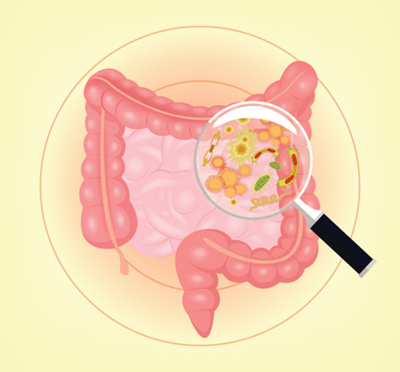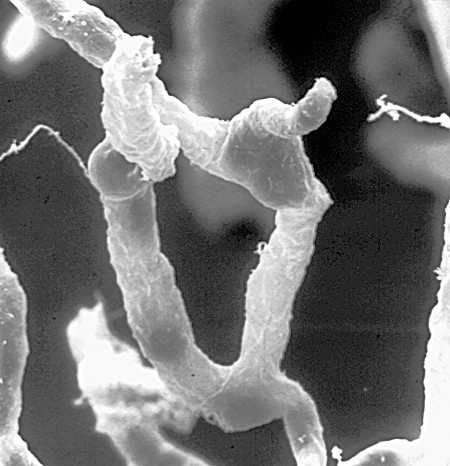 Mimicking mussels’ natural “glue” could have multiple benefits.
Mimicking mussels’ natural “glue” could have multiple benefits.
Many species have developed unique adaptations to help them thrive in their environments, and scientists in a field called biomimicry use these examples as the basis for tools to help humans. Biomimicry researchers have made a wide range of products, from climbing pads modeled after gecko feet to a faster, sharp-nosed bullet train based on the beak of the kingfisher bird. The animal kingdom also provides inspiration for biomedical products. For instance, scientists at Michigan Technological University in Houghton discovered that a natural “glue” produced by mussels has antimicrobial properties and are developing a way to put these properties to use.
Continue reading “Reusable Disinfectant Developed from Mussel “Glue””

 Microbiota in the intestines. Credit: iStock.
Microbiota in the intestines. Credit: iStock.
 A network of capillaries supplies brain cells with nutrients. Tight seals in their walls keep blood toxins—and many beneficial drugs—out of the brain. Credit: Dan Ferber, PLOS Biol 2007 Jun; (5)6:E169.
A network of capillaries supplies brain cells with nutrients. Tight seals in their walls keep blood toxins—and many beneficial drugs—out of the brain. Credit: Dan Ferber, PLOS Biol 2007 Jun; (5)6:E169.